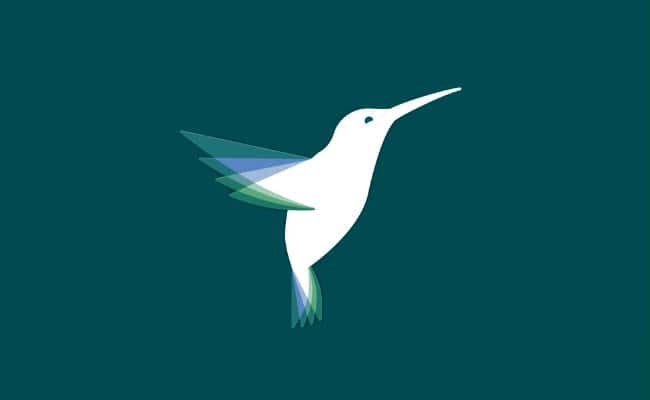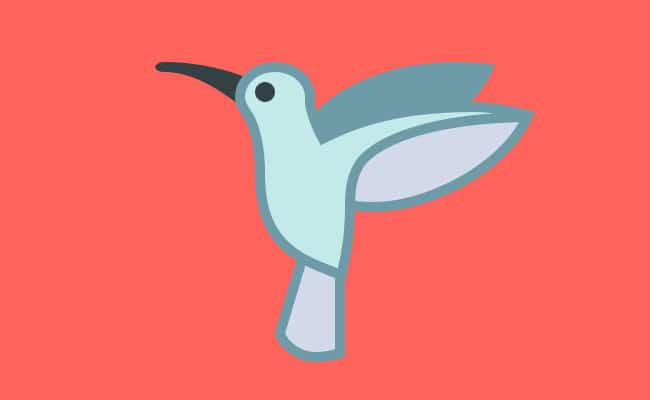The hummingbird, also known as the hummingbird, is one of the smallest birds in the world, which is of the apodiform type or genus (that is, it has small legs) and in addition, the life cycle of the hummingbird is extremely interesting because it usually lives for a short period of time.
Among the most outstanding characteristics of this species is the color of its plumage, which is green or light gray in most cases and the nests are created in the shape of a cup. They can be found in different habitats, they are territorial when hatching, and the speed of their wing movements is incredibly fast (90 times per second). It has a life expectancy of 3 to 5 years only if it manages to fulfill the first one, since most die before fulfilling it.
What is the life cycle of the hummingbird like?

El hummingbird life cycle it is repetitive every year once the bird has reached its adult stage; therefore, after going through their first experiences at birth (learning to eat, fly, among others), the cycle repeats itself (migration, mating, nesting, incubation, and offspring). We will detail each of the stages below.
The adult hummingbird spends most of its time feeding, as its metabolism is incredibly fast (the fastest in the world). For this reason, every ten minutes you should eat food. Among which we find flower nectar (especially red or orange ones) and small insects and spiders.
Cloud ERP Implementation
The hummingbird is one of the birds that must migrate in winter to much warmer areas, but returns to its territory in spring (usually the males arrive first) to be able to mate. This normally happens in March.
Reproduction and nesting
In this part of the hummingbird's life cycle, when the females return to their territory, they will find the males performing a dance to get their attention, in which they perform "pirouettes" in the air drawing figures or following specific patterns and even making sounds. According to the interest that the male hummingbirds arouse in the females, they will choose the one with the most called your attention to mating.
Once the female has been fertilized, she moves away from the male and begins to build the nest for the subsequent deposit of eggs and incubation; which, as we mentioned in its characteristics, usually has the shape of a cone.
The manufacture of the nest includes pieces of the bark of a tree, branches and they use spider webs to secure the nests on the outside (as if it were adhesive tape). In addition, it is possible that they include other elements that allow them to camouflage the nest of predators.
- The nest, being cone-shaped, is normally located in open branches and streams.
- The size of the nest is similar to that of an acorn.
- The nests are only used for egg deposit, incubation and rearing.
Egg laying and incubation
Being one of the smallest animals in the world, eggs are too, as they are similar to the size of a grain of lentils.
The female hummingbird can lay between one and three eggs at most; being the most favorable thing that it places one or two eggs, since it is the quantity of young that can take care of effectively. In addition, the incubation period It is approximately 20 days (it can vary in more or less days depending on the season of the year), where the female will only come out for a few minutes every hour.

Hummingbird chicks
Hummingbirds depend on their parents to survive when they are young, since it is responsible for maintaining and balancing their body temperature; as well as feeding will be the work of the female hummingbird.
- In this stage they can reach a maximum size of 2 cm in height.
- The first feathers begin to develop one week after hatching.
- The mother will feed the young with nectar and insects, which can visit the nest up to 140 times.
El parenting period It is approximately three weeks, at which time hummingbirds that are able to take care of themselves will leave the nest. In that time, the female hummingbird will have to organize effectively to collect food, feed it and provide warmth to its young.
Development
Finally, the hummingbird will make its life as at the beginning, spending most of its time feeding and waiting to arrive from the migration to be able to mate. So the cycle repeats itself, except that men can have several partners and after the mating season live feeding; while the females will have to make the nest, lay the eggs and take care of their young until they are independent.
The hummingbird life cycle is quite straightforward and very easy to learn, in case you are a teacher and want to teach it to the children in your class. If you are not, you will have learned something new today, so we recommend you share it on your social networks to spread collective knowledge about topics of interest.
From my recent observations, I am seeing more than three species perform pre-mating rituals from the end of November and throughout December, even these first days of January they continue to do so.
We make a FEEDER AND IF IT WORKS, IS IT GOOD FOR HUMMINGBIRDS ESPECIALLY WHEN THERE ARE NOT ENOUGH FLOWERS, BUT IS IT GOOD FOR THE LIFE OF THE PLANTS OR DOES THIS PREVENT POLLINATION OF LOCAL SPECIES?